SUMMARY
This is AI generated summarization, which may have errors. For context, always refer to the full article.
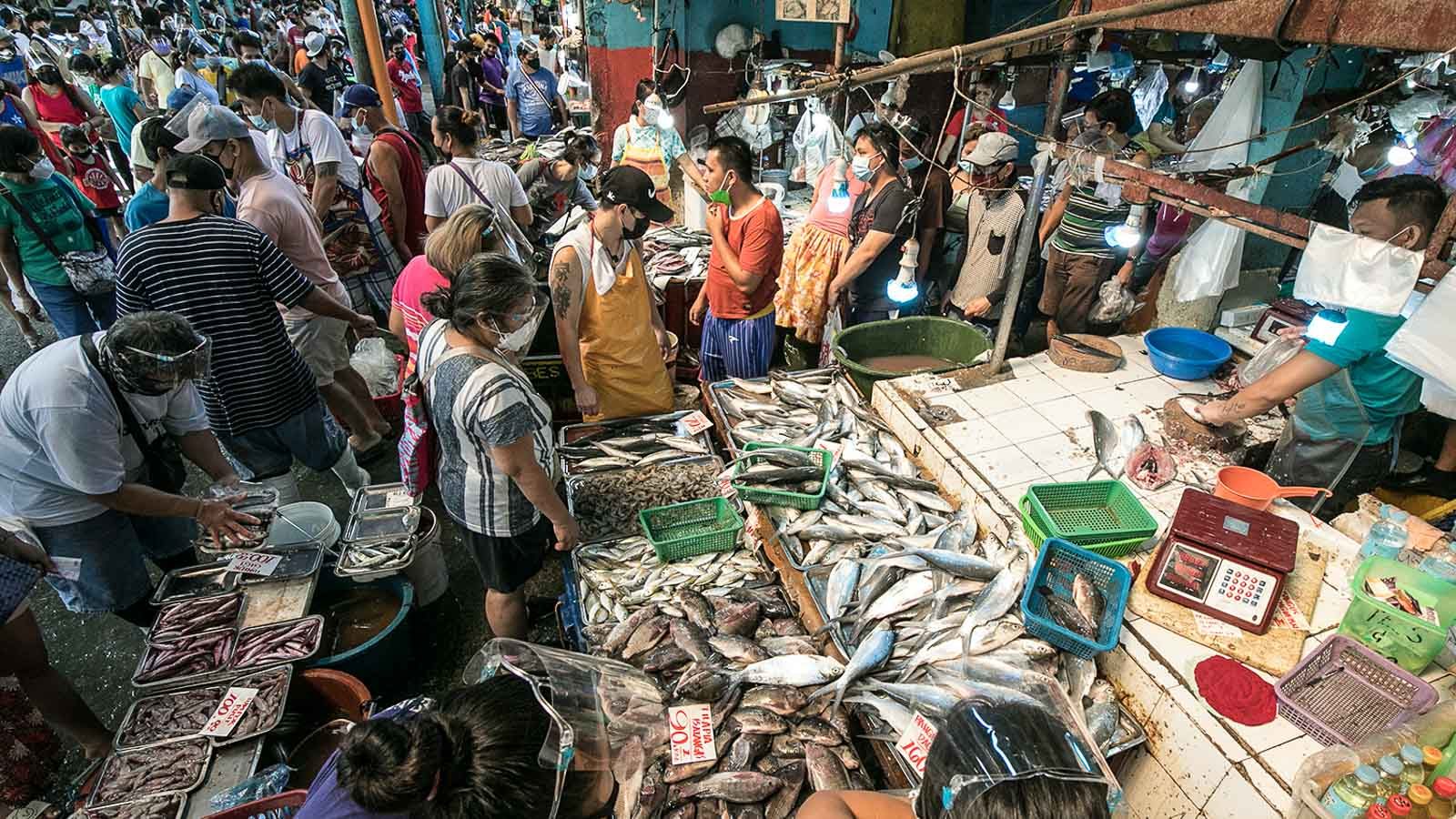
MANILA, Philippines – The Philippines is set to import more round scad or galunggong and pork to tame prices and cover the shortage this year caused by the pandemic and a typhoon. Farmers warned this would hurt local production.
The Department of Agriculture (DA) recently approved the importation of 60,000 metric tons of frozen galunggong for wet markets, noting that Typhoon Odette caused about P3 billion in damage in fisheries and agriculture.
The Bureau of Fisheries and Aquatic Resources projected a fish supply shortfall of 119,000 metric tons in the first quarter.
“The current global price spikes in petroleum, fish feed, and other inputs to the local fisheries and aquaculture industry are expected to impact local production and supply,” Agriculture Secretary William Dar said in an issuance.
Fisherfolk group Pambansang Lakas ng Kilusang Mamalakaya ng Pilipinas (Pamalakaya) said that instead of resorting to importation, the DA should lift the ongoing closed fishing season in major fishing grounds.
“Flooding our local markets with imported fish will pose harm than good to our struggling fishing industry. This liberalization scheme never addresses the country’s crisis in fisheries production. Rather, it is burden to local fisherfolks whose fishery products are being outcompeted by imported fish,” Fernando Hicap, Pamalakaya national chairperson said.
Meanwhile, state economists continued to support more pork imports this 2022, provided that it will “take time to recover decimated hog populations” due to African swine sever (ASF).
“For perspective, the seasonal peak in pre-ASF hog headcount was 13.1 million in the third quarter of 2018; hog inventory fell to less than 9.9 million as of the end of the third quarter in 2021,” said Finance Undersecretary Gil Beltran in a recent economic bulletin.
Local hog production slumped by as much as 23.4% in the first nine months of 2021 as compared to the 4.2% decline in the same period the prior year.
DA figures showed that there are 45 barangays in 17 municipalities that still have ASF cases.
In 2021, meat inflation surged 16.8%, the highest annual price increase of any major food item since 2012.
The minimum access volume for pork imports for 2021 was raised from 54,210 metric tons (MT) to 254,210 MT to meet local demand.
“The country would definitely need to continue importing pork products to meet demand and immediately compensate for the shortfall in domestic supply as it will take some time to recover decimated hog populations,” Beltran said. – Rappler.com
Add a comment
How does this make you feel?

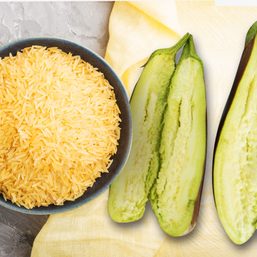

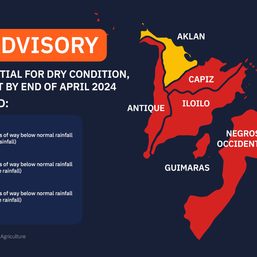
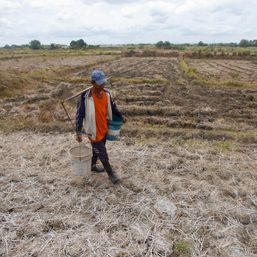

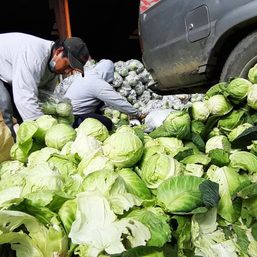
![[ANALYSIS] Investigating government’s engagement with the private sector in infrastructure](https://www.rappler.com/tachyon/2024/04/tl-gov-private-sectors-infra-04112024-1.jpg?resize=257%2C257&crop=435px%2C0px%2C1080px%2C1080px)

There are no comments yet. Add your comment to start the conversation.